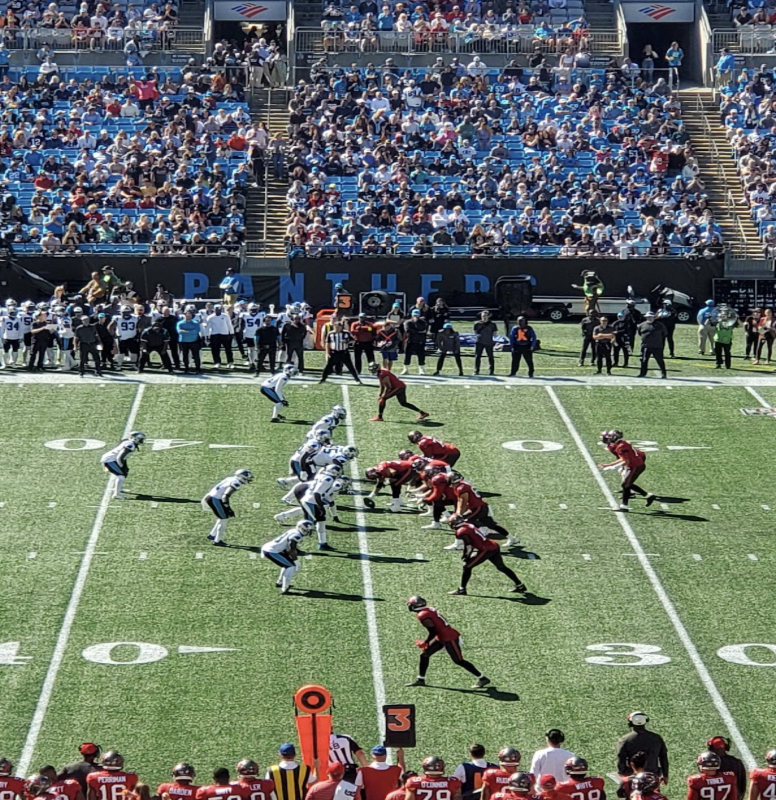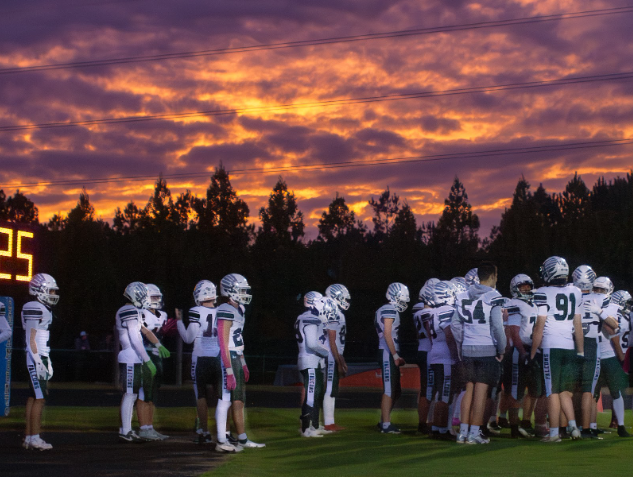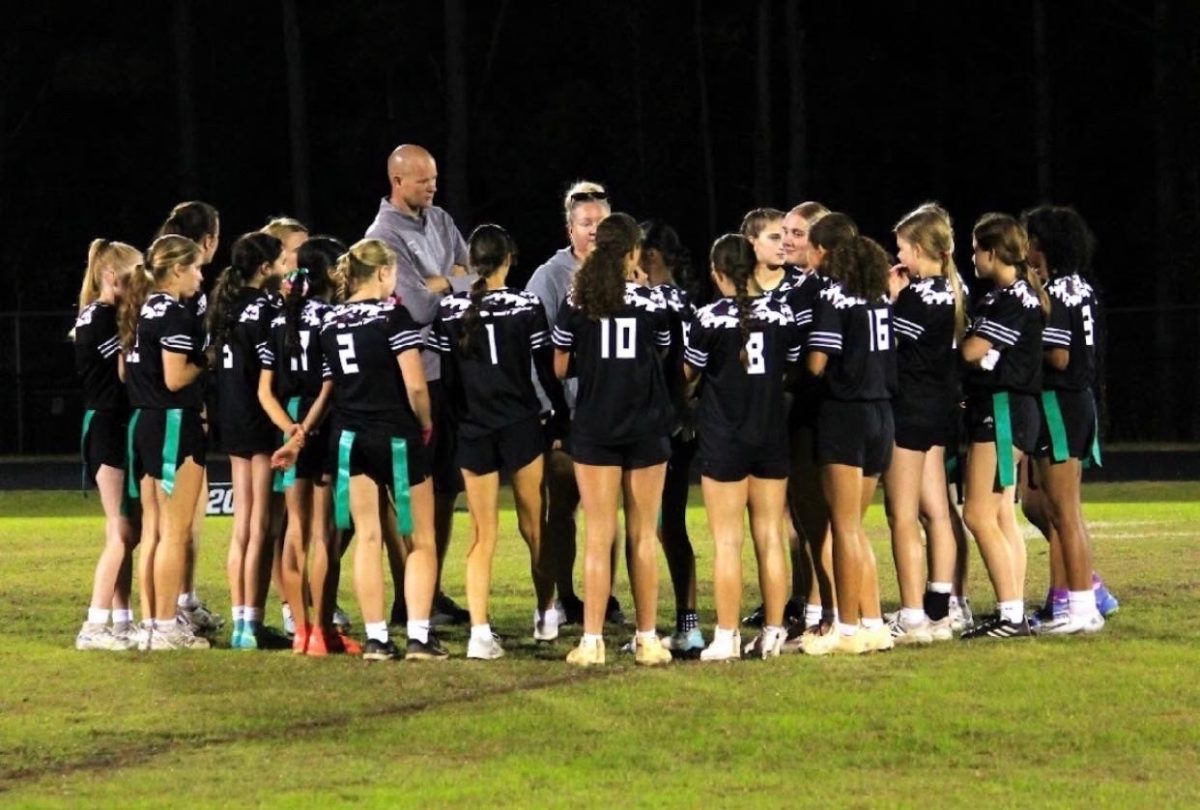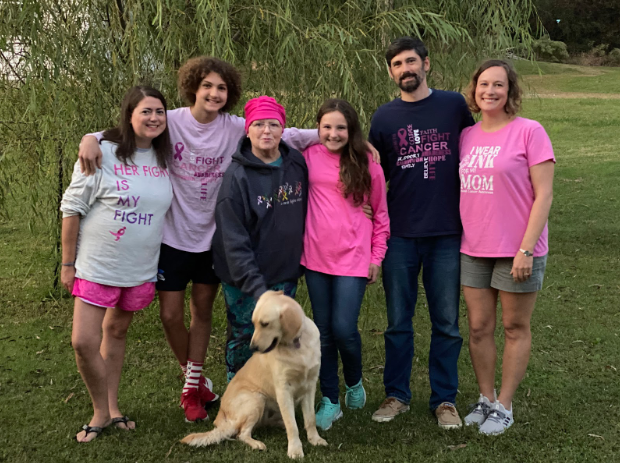Once a year from Sept. 15 to Oct. 15, people around America celebrate their Hispanic heritage. Hispanic Heritage Month is a time to recognize the contributions of the Hispanic and Latino communities such as their various foods and cultural practices, many of which have been adopted and integrated into American society. But what are the Hispanic and Latino communities and how are they celebrated during this month?
The first celebration of Hispanic Heritage was established in 1968 under President Lyndon B. Johnson and was only a week long. In 1988, President Ronald Reagan expanded the event to one month to cover the 30-day period that it does today. The month starts on Sept.15 because Costa Rica, Guatemala, Honduras and El-Salvador celebrate their independence on this day.
The United States presently has over 60 million people of varying Hispanic and Latin cultures, so the celebration of this month is relevant and significant to many people.
The Triangle celebrates Hispanic Heritage Month with La Fiesta del Pueblo, held each year on Fayetteville Street in downtown Raleigh. This year’s celebration, held on September 15, marked the event’s 30th anniversary. Event Goers listen to live music, watch traditional dance performances, eat various foods and participate in many other activities.

In general, the Hispanic and Latino communities include all cultures whose primary language is Spanish, Portuguese or a similar language. However, Señora Sanchez, Spanish IV and AP Spanish teacher at Green Hope explained the complexity of putting labels on a community. “It is impossible to put Spanish-speaking people into one label,” she said. “Growing up in Peru, I did not think of myself as ‘Hispanic.’ Spanish Speakers identify themselves from the country and culture they were born in. We see ourselves as Colombians, Venezuelans, Peruvians, etc.”
At Green Hope, the recognition of Hispanic Heritage is not limited to just one month of the year. Students who take Spanish classes study Hispanic culture year-round. As for Sanchez, she describes how her curriculum incorporates Hispanic culture into everyday learning.“I do not do anything different in my classes for this month because we are always learning something cultural throughout the semester,” she said. “In our newest unit for Spanish IV, we will be discussing identities in the Spanish Speaking World.”
Sanchez also explained that there is much to be learned about the various Hispanic cultures, and how they differ from one another. “Our cultures are uniquely diverse, not only on the types of foods we eat, but also the music we dance to and the way that we look.”
Hispanic Heritage Month is more than just a celebration of various countries and cultures. It is a time to recognize individuals in the Hispanic and Latino community. “Each Spanish-speaking country has its own culture. We are multiple worlds united by one language.”








